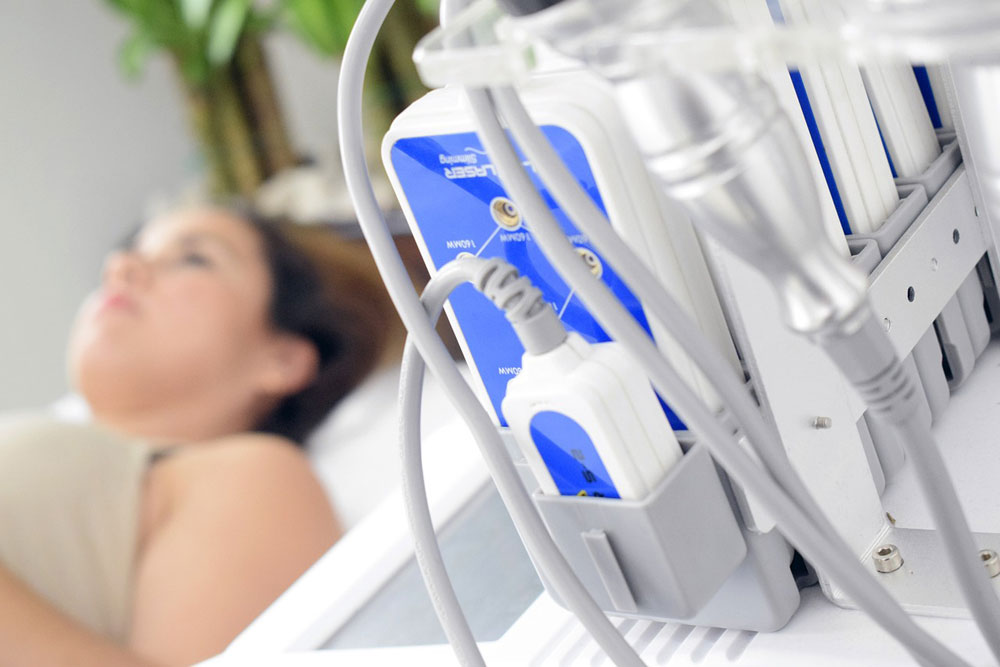
Current Position:Home > Pathological diagnosis
Liquid-based cytology (TCT) uses a liquid-based thin-layer cell detection system to detect cervical cells and perform cytological classification diagnosis, which is a pathological cytology examination technology for cervical cancer, which significantly improves the detection rate of abnormal cervical cells. At the same time, some precancerous lesions, microbial infections such as mold, trichomoniasis, viruses, chlamydia, etc. can also be found.
Learn more+
| The name of the project that can be carried out | Clinical application |
| Cervical biopsy and diagnosis | It is mostly used for suspicious cancerous changes of the cervix or suspicious cells on Pap smear. It is the most reliable basis for diagnosing cervical cancer. For both early and advanced cervical cancer, this test is necessary to determine the pathological type of the cancer and the degree of cell differentiation. |
| Biopsy of scraped uterine cavity for examination and diagnosis | It is mainly used in patients with abnormal uterine bleeding to confirm or rule out endometrial pathology. Diagnosis is confirmed in patients with endometrial TB |
| Examination and diagnosis of tubal surgery specimens | It is mainly used for the diagnosis of fallopian tube tissue lesions and inflammation |
| Surgical specimen examination and diagnosis of ovarian mass | It is mainly used for the diagnosis of ovarian cancer, pelvic inflammatory mass or pelvic endometriosis |
| Surgical specimen examination and diagnosis of a single fibroid in the uterus | It is mainly used to diagnose the type and degree of uterine fibroids, and Dr. Wei provides accurate treatment plans |
| Examination and diagnosis of large specimens of the uterus by sub-incision | It is mainly used for the diagnosis of lesions by removing part of the tissue |
| Total resection of the uterine large specimen for examination and diagnosis | It is mainly used for the diagnosis of uterine lesions, uterine fibroids, and cervical lesions |
| Examination and diagnosis of large specimens of bilateral appendages | It is mainly used for the diagnosis of uterine adnexa and ovarian lesions |
| Caldesmon (Calbindin Protein) | It is used for the differentiation of uterine leiomyosarcoma and adenocarcinoma, and in combination with CD10 for the differential diagnosis of uterine leiomyosarcoma and endometrial stromal sarcoma. |
| CD10 | It is used in the classification and differential diagnosis of certain malignant lymphomas and leukemias. Such as B-cell lymphoma, follicular lymphoma, Burkitt lymphoma, etc. It is also used for the differential diagnosis of clear cell carcinoma of the kidney and other sources of clear cell carcinoma, endometrial stromal sarcoma and uterine leiomyosarcoma |
| C-erbB-2/Her-2 | It is a member of the large family of cell surface growth factor receptors, which is mainly used as a reference index for judging the prognosis of breast cancer, ovarian cancer, endometrial cancer and digestive tract, and is also a reference index for the selection of breast cancer treatment regimens. |
| ER (estrogen receptor) | Present in normal endometrium, smooth muscle cells, and epithelial cells of normal breast, the expression of ER in breast cancer tissues is an important parameter for prognostic judgment and endocrine therapy. It is also used for the differential diagnosis of endometrioid adenocarcinoma and cervical adenocarcinoma, breast metastatic carcinoma and metastatic carcinoma of other sites. |
| HPV16 | It is the main oncogenic virus of cervical cancer, which is mainly used for the research and detection of various tumors related to HPV. |
| PR (Progesterone Receptor) | It exists in normal endometrium and breast epithelial cells, and is one of the routine detection items of breast cancer patients, and is used as an important parameter for prognosis and endocrine therapy. |